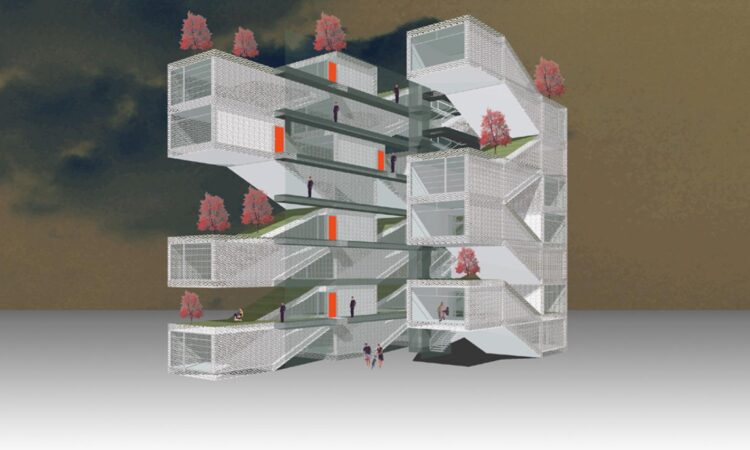
Truganina, located on Melbourne’s vast outskirts, is undergoing an architectural revolution, mainly in custom home building. Thus, when newcomers arrive at this location as new residents because they are attracted by the availability of space and optimised connections, architects and designers consciously use innovative approaches combined with sustainability-flexible solutions for creating individual elements for growing homeowner requirements.
This blog will provide a detailed examination of how the expertise of home builders in Truganina enables them to comprehend the critical factors and architectural elements required for custom home construction.
1. Sustainability at the Forefront
In the current era, when environmental issues are critical, architects in Truganina are developing sustainable houses. These buildings use minimal energy, with probable use of utilising and appliances that use renewable energy in constructing these buildings. Furthermore, new-generation construction materials derived from recycled steel, reused wood, and new low-VOC paints are preferred since they are ecologically friendly to the earth and our respiratory systems.
This green shift also includes green roofs and living walls. Appreciable, these characteristics not only beautify dwellings but also help to control temperatures and remove bacteria and other pollutants in a house, thereby making homes healthier to live in.
Measures such as rainwater harvesting and greywater reclamation add to this proficiency to show that the homes created are efficient in their water use, making them as sustainable as they are stylish.
2. The Rise of Minimalism
Truganina’s shift towards minimalist architecture highlights a preference for simplicity and functionality. This is seen in the case of preferring open space planning for homes to enable the flow of space, which gives an expansive outlook. These designs are marked by simplicity and understated elegance and thus do not overwhelm the occupants with unsightly appearances nor create a cluttered feeling in the rooms, but instead evoke a natural sense of relaxation and a neutral ambience.
Gigantic glass windows penetrating through the floor up to the ceiling is another characteristic sign of this style, as it allows as much natural light as possible and simultaneously tries to unite the interior with the exterior.
The above architectural design is not only interlocking with the environment to enable the residents to meet some of their energy needs, such as lighting during the day. It also helps the residents relate well with nature, improving their psychological state.
3. Smart Homes: A Technological Integration
The smart home technology is transforming the design and functionality of modern homes. In today’s custom-built residences, smart home installations are nearly universal as homeowners seek seamless control over various aspects of their living spaces, including heating, lighting, and comprehensive security systems, all accessible through smartphones and other smart devices. It is the most convenient technology and, at the same time, makes your home safer and more energy-saving.
For instance, smart thermostats can adjust the climate inside a household to include comfort and energy consumption, anticipating the family’s daily routine; smart locks and security systems offer added security through features such as monitored access and real-time notifications.
4. Embracing Local Materials
One trend observed is the inclusion of local materials in the construction of custom homes. Local suppliers are paid while the company benefits from cutting down on emissions, which would have resulted from the transportation of materials from other regions. Sales of freshly sourced timbers and stones are favoured based on endurance and aesthetics, and these features enhance the architectural compatibility of the new constructions in Truganina.
Using local materials also creates a top architectural identity and style that will give the geographical and cultural characteristics of the area. It makes residents of those homes feel like they are part of society and truly belong to their environment.
5. Designing Flexible Spaces
Adaptable and multipurpose areas are increasingly more critical in modern houses, reflecting the dynamic nature of contemporary existence. Rooms designed with multipurpose functionality, from home offices serving as guest rooms to dining areas that transform into entertainment spaces, are becoming the standard.
Home builders in Werribee provide this flexibility, which is particularly beneficial in the current era of joint work-from-home arrangements. Spaces that can easily transition between professional and personal use not only maximise the utility of metres but also cater to the evolving needs of families over time.
6. Advanced Construction Techniques
Many advancements are now available to those involved in constructing buildings, and these help make construction quicker. Modular and prefab are the fast-growing creation industries. Prefabricated home components, synthetic off-web pages, may be assembled on-region, streamlining the development procedure. This method dramatically reduces construction waste and time, lowering overall costs and environmental impact.
These techniques also improve building accuracy, enabling the construction of well-constructed strong structures. They allow the sealing of spaces and proper insulation, elements that directly relate to a home’s energy efficiency.
7. Natural Light: A Design Priority
Implementing natural lighting is becoming an essential aspect of houses with the increase in the focus on the quality of the designs and the impact on the health of the occupants. Builders carefully position windows, skylights, and mirrors to optimise natural interior lighting, which enhances mood, boosts productivity and reduces energy usage.
The practice of harnessing daylight benefits the environment and creates visually engaging spaces that evolve with the time of day and season, adding a dynamic quality to interior environments.
Wrapping It Up
As Truganina continues to expand and attract new residents, these architectural trends and innovations are not just shaping the physical landscape. Still, it is also establishing benchmarks for a world in design and outstanding links to ecological and technological advancements. This is a testament to the suburb’s resilience and readiness to embrace the future of living.

